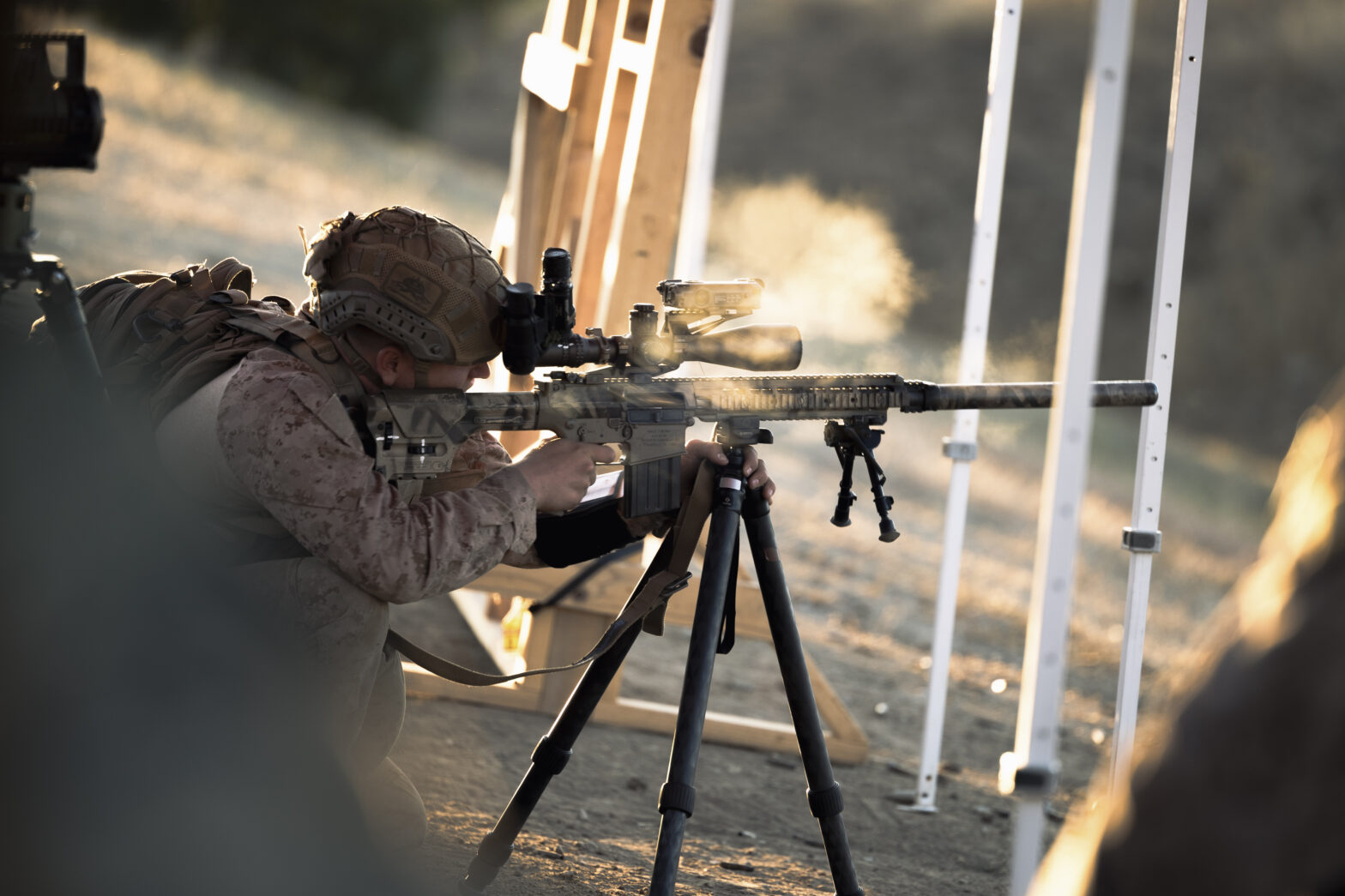Measuring functional connectivity of the brain is a method used to identify changes to how the brain communicates. This is often used to quantify injury to the brain, but also effectiveness of treatments.
For example, US Iraq and Afghanistan Veterans with close-range blast exposures had changes to the resting state functional connectivity even with no concussion symptoms at the time. [1]
Canadian Special Operations Forces breachers and snipers demonstrated significant functional connectivity changes in regions responsible for visual stimuli processing, working memory, spatial processing, and attention. [2]
A recently published study demonstrated improvements in functional connectivity of the cerebellum in individuals with history of repeated subconcussive head impacts using transcranial photo-biomodulation (PBM). [3]
This paper stood out to me for two reasons.
- It is the first study I’ve come across that demonstrates improved functional connectivity in this population. While the assumption that the principles of neuroplasticity still apply to those exposed to subconcussions is intuitive, it is important to demonstrate through research.
- The intervention was accessible, with participants self-administering the PBM treatment at home.
The researchers demonstrated significant changes in cerebellar resting state functional connectivity after PBM treatment with connection changes suggesting PBM may increase network communication and efficiency.
Improvements in regions responsible for coordination and execution of purposeful movement, as well as high-level visual processing were demonstrated.
Enhanced connectivity in areas critical for executive control, emotional regulation, and goal-oriented attention were also demonstrated post PBM.
The authors note that PBM may also support broader cognitive and emotional processes, as PBM may enhance mitochondrial function, reduce oxidative stress, and modulate inflammatory signaling pathways.
References:
- Robinson, M. E., Lindemer, E. R., Fonda, J. R., Milberg, W. P., McGlinchey, R. E., & Salat, D. H. (2015). Close‐range blast exposure is associated with altered functional connectivity in veterans independent of concussion symptoms at time of exposure. Human brain mapping, 36(3), 911‐922.
- Champagne, A. A., Coverdale, N. S., Ross, A., Murray, C., Vallee, I., & Cook, D. J. (2021). Characterizing changes in network connectivity following chronic head trauma in special forces military personnel: a combined resting‐fMRI and DTI study. Brain injury, 35(7), 760‐768.
- Keleher, F., Esopenko, C., Lindsey, H. M., Newsome, M. R., Johnson, P. K., Jain, D., … & Wilde, E. A. (2025). Improvements in Resting-State Functional Connectivity of the Cerebellum after Transcranial Photobiomodulation in Adults with a History of Repetitive Head Acceleration Events. Photobiomodulation, Photomedicine, and Laser Surgery.
